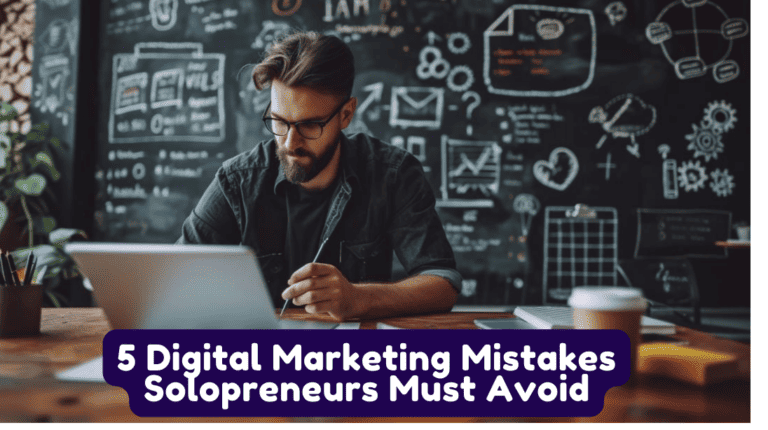What’s the Fuss About the Creator Economy?
It’s been a decade since the term “creator economy” first appeared. And yet, it has only recently become a common phrase. According to one survey, the number of people who use social media platforms to monetize their audience is believed to be around 50 million people. The creator economy is now worth $104 billion when the influencer marketing industry and all present enterprises are taken into consideration.
Facebook, Snapchat, TikTok, and YouTube have all been valued in the billions of dollars during the past decade or so, and it’s all due to the contributions of its users.
The creator economy brings in people from a lot of different backgrounds
Many people in the creator economy are simply doing what they want to do. Because of this, people can hone in on specific areas of expertise. Who would have thought that you could make a living by playing computer games and commenting on your own plays from the comfort of your own home? How many teenagers and amateur writers thought they could make money by recording funny videos in their backyards, or by writing a book?
The creator economy is both a passion economy and a knowledge economy in that it is based primarily on people’s hobbies and interests, as well as anything that offers the possibility of producing money.
The catalyst for the creator economy was the pandemic.
During the pandemic, the world’s economy turned to online work and work-from-home options almost immediately.
Prior to the pandemic, many jobs were available, but since the outbreak, many more people have taken advantage of them. The creator economy’s gold rush was fueled by a number of factors, the most prominent of which was the expansion of social networks’ monetization mechanisms.
A year ago, producers made the majority of their money from product placements and paid commercials. This has changed dramatically since then. Insufficient funding and infrastructure meant that they were unable to turn their material and skills into an economically successful commercial venture.
Customers have plainly lost interest in traditional media and advertising.
What little sway there was before the pandemic-induced shutdown disappeared.
What’s the future for the creator economy?
Ad revenue and tips, sponsored and premium content, selling merchandise, channel memberships, and subscriptions are just a few of the many ways that producers are making money today. Many platforms, like as YouTube, TikTok, and Facebook, now offer subsidies to creators.
With no end in sight, companies that make tools and platforms for creators have grown and diversified to accommodate a wide spectrum of material and revenue streams.
Media and advertising have been forever altered by this new entertainment economy.
Successful companies tell their narrative in a variety of ways, and this is what sets them apart from their competitors. There wasa significant shift in the advertising sector in 2021 away from the previous “more is better” mentality and toward specialty groups.
Marketers are seeing the value of providing creative guidance to smaller but highly engaged producers.
In light of this tendency, businesses and corporations are looking into novel marketing and advertising techniques for their product or service placements as they move toward the creator economy.
In 2022, it will be exciting to witness how the creator economy and its suffering enterprises will use to take their businesses to new heights.







